Pulling logs uphill can be difficult and dangerous work.
But with the right techniques and equipment, an electric winch makes uphill log hauling much easier and safer.
This guide will cover the key steps and safety precautions for using an electric winch to pull logs efficiently on an incline.
Safety Considerations When Pulling Logs Uphill
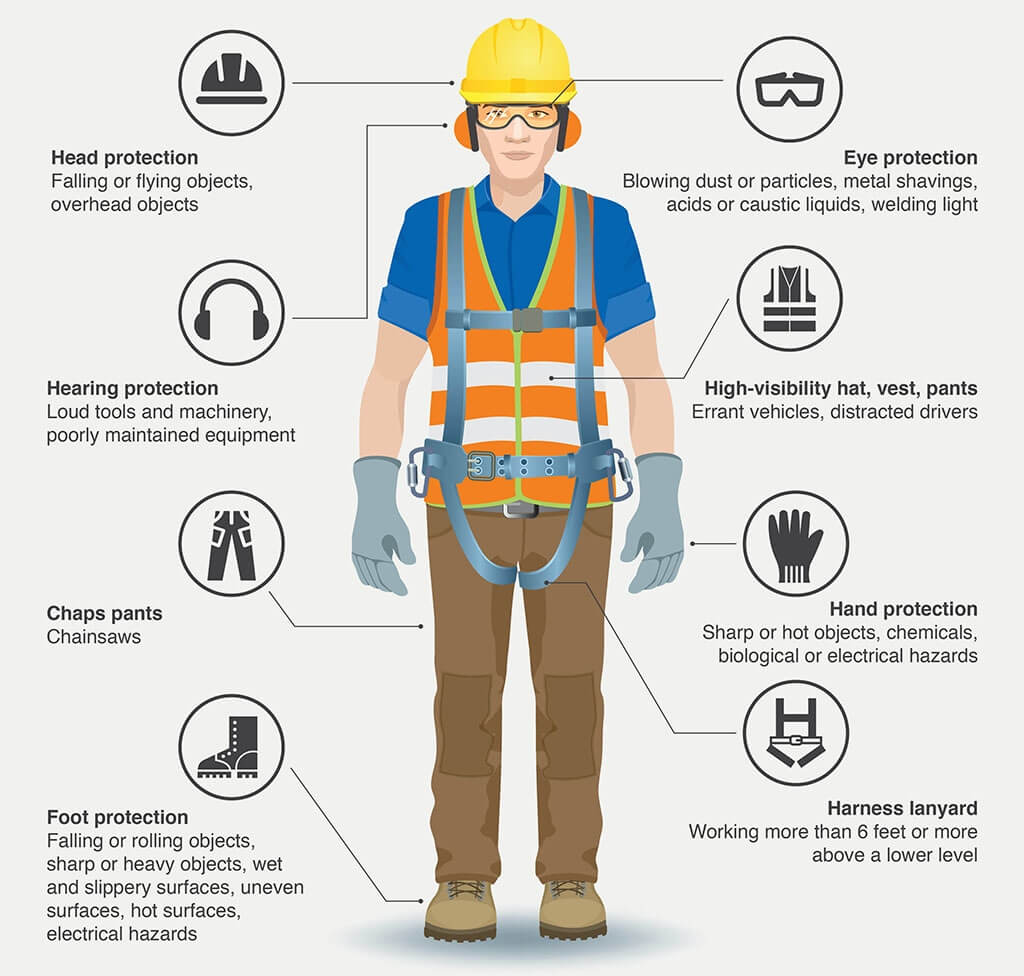
Like any logging operation, safety should be your top concern. Here are some important safety tips when using an electric winch on hilly terrain:
- Wear protective clothing like thick gloves, steel-toe boots, hard hat and eye protection. Loose clothing can get caught in moving parts.
- Check the rated line pull capacity of your winch and make sure it’s sufficient for the load. Inspect the cable for any fraying or damage.
- Establish solid anchor points above the logs using large trees, trucks or other equipment. Poor anchors can lead to catastrophic failure.
- Use snatch blocks and pulleys to distribute the weight and adjust the pulling direction. This puts less strain on the winch.
- Attach chokers securely near the log center to prevent slippage. Don’t attach near the ends.
- Control the load during the entire pull. Sudden movements can overwork the winch. Go slow.
- Keep the cable laid out neatly to avoid kinks or tangling. Tangled cables under load can snap violently.
Setting Up Your Winch System
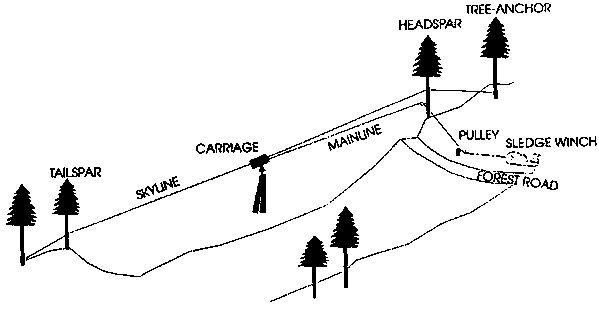
Setting up your winch system is a critical step in ensuring the successful and safe pulling of logs uphill.
This process involves several key components and steps to ensure everything works smoothly and efficiently.
1. Choosing Strong Anchor Points
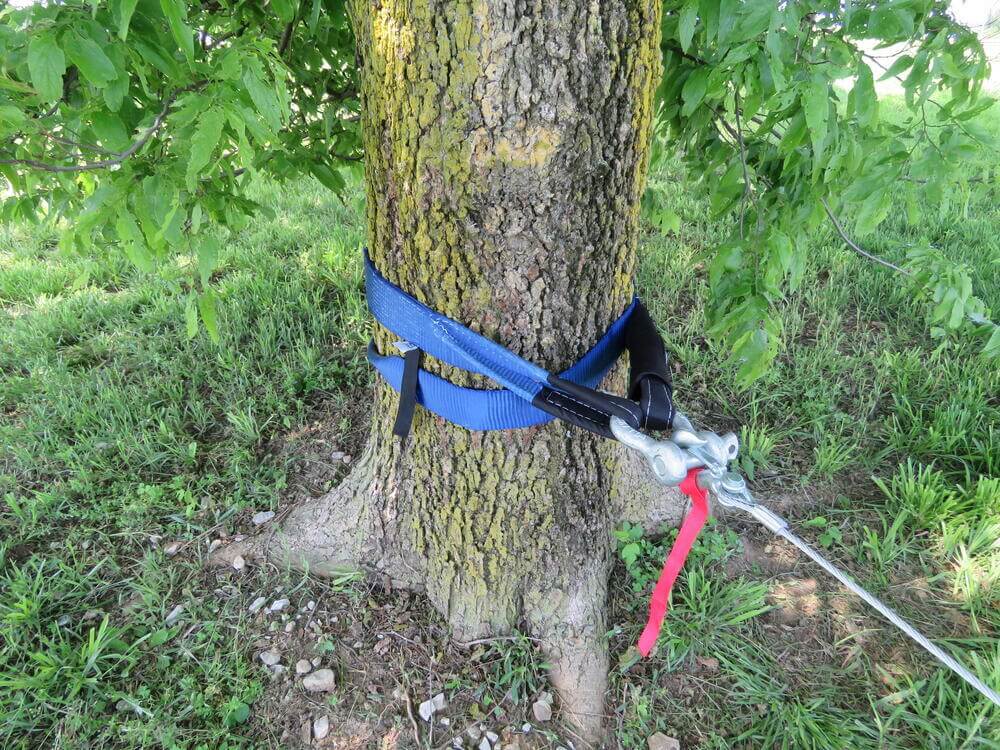
The first step in setting up your winch system is to select strong and reliable anchor points. These points are what you’ll use to secure the winch system, and they bear the brunt of the load as logs are pulled uphill.
Suitable anchor points could be sturdy trees that are well-rooted and large enough to handle the stress or vehicles such as trucks that are heavy enough to remain stable under tension.
The choice of anchor points is crucial because if they fail, it could result in the logs, winch, or cable causing injury or damage.
2. Use snatch blocks/pulleys
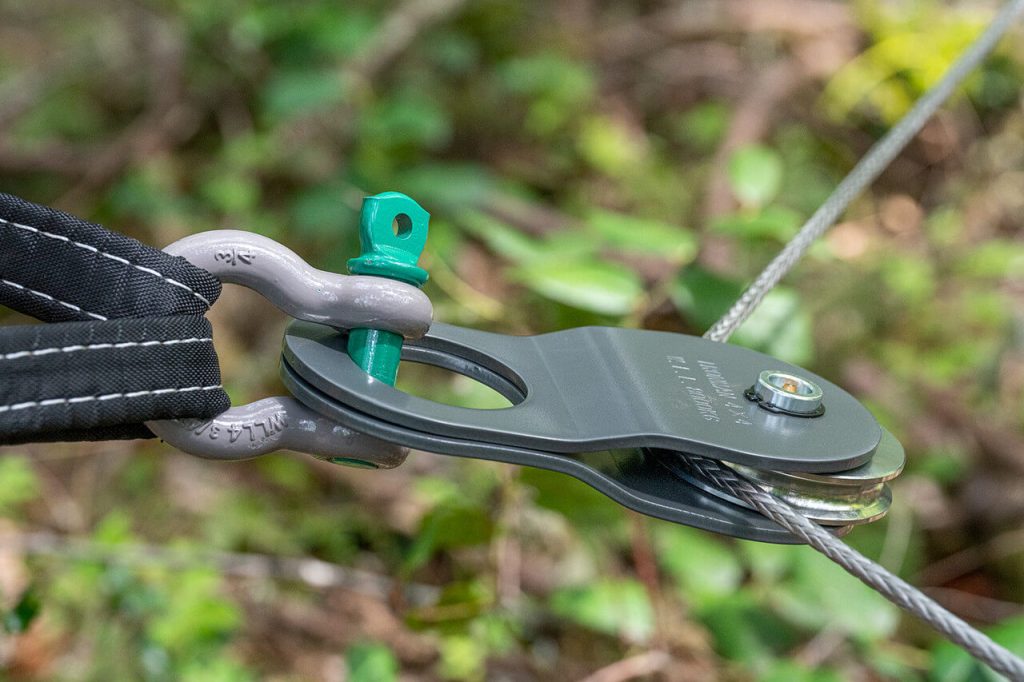
Once you have your anchor points, the next step is to use snatch blocks or pulleys.
These devices are used to change the direction of the force applied by the winch cable, allowing for more flexibility in how logs are pulled.
They also help distribute the weight of the load more evenly, which can be especially useful when dealing with heavy logs or challenging terrain.
By effectively using quality snatch blocks, you can reduce the strain on any single point of your setup, enhancing safety and efficiency.
3. Attaching Chokers Securely Around Logs
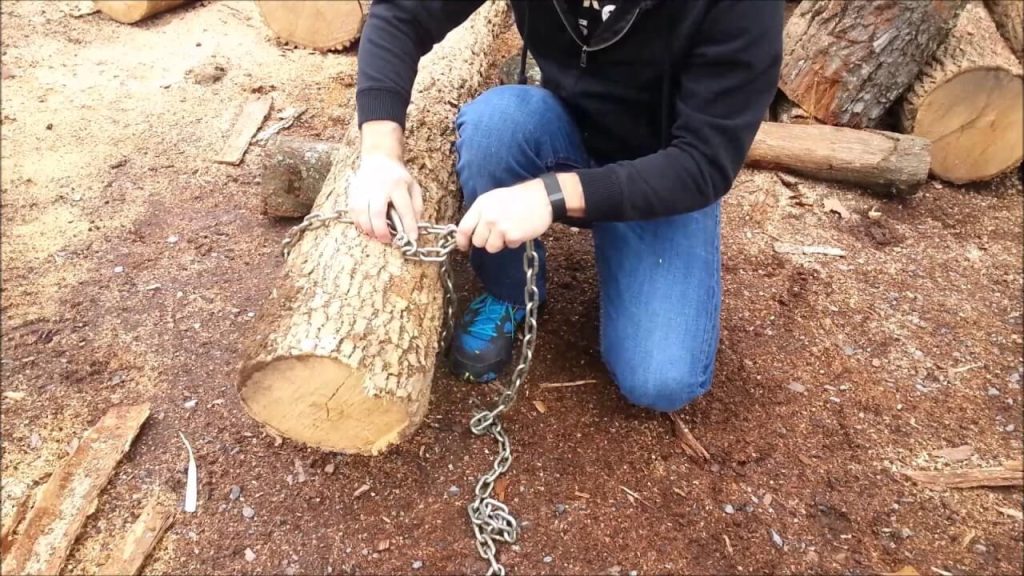
Attaching chokers around the logs is how you physically connect them to the winch cable. A choker is a type of sling that wraps around the log, usually at its center, to ensure a secure grip.
It’s essential to attach these chokers securely, as they are what hold the logs during the pulling process.
If a choker slips off or breaks, it could release the log unexpectedly, posing a danger to anyone nearby and potentially damaging the equipment.
Ensuring the chokers are well-positioned and tightened correctly minimizes these risks.
4. Laying Out the Cable
The final step in setting up your winch system is to lay out the cable properly. This means extending the cable from the winch to the logs in such a way that it doesn’t get tangled or caught on any obstacles.
A tangled winch cable can be a significant safety hazard, as it can weaken the cable or cause it to snap under tension.
Moreover, a smoothly laid-out cable ensures that the winch operates efficiently, without unnecessary stops and starts to deal with snags or knots.
Operating Your Winch
Operating an electric winch to pull logs uphill involves a careful and attentive process to ensure safety and efficiency. For winches designed to handle heavy-duty applications, check out our top winches for heavy-duty use.
Here’s a detailed breakdown of each step involved in operating your winch:
1. Taking Up Slack in the Cable
The first step is to gently take up any slack in the winch cable. This means slowly reeling in the cable until there’s a firm tension between the winch and the log.
It’s important to do this slowly to prevent any sudden movements that could cause the logs to shift unexpectedly or the cable to snap.
Ensuring there’s no slack in the cable before starting to pull helps maintain control over the logs from the outset.
2. Applying Power Smoothly
Once the slack is taken up, the next step is to start pulling the logs uphill by applying power to the winch. This should be done in a smooth, consistent manner.
The idea is to gradually increase the force pulling on the logs, avoiding any sudden jolts or changes in speed.
Sudden shocks can destabilize the load, potentially causing the logs to roll or shift in ways that could be dangerous or disrupt the pulling process.
A smooth application of power helps maintain a steady pulling force, reducing the risk of accidents.
3. Watching for Logs Shifting or Spinning
As the logs begin to move, it’s crucial to keep a close eye on their behavior. Logs may start to shift or spin due to the uneven ground or the force of the pull.
This can lead to instability in the load, making it harder to control and potentially leading to accidents. If you notice any logs beginning to shift or spin, it’s essential to adjust your approach immediately.
This might involve stopping the winch, repositioning the chokers, or using additional equipment like guide ropes to stabilize the logs.
4. Adjusting As Needed
Making real-time adjustments is a critical aspect of safely operating a winch. Based on your observations of how the logs are moving, you may need to adjust the speed of the winch, the direction of the pull, or how the logs are secured.
The goal is to keep the logs balanced and stable throughout the pull. This might mean pausing to resecure a log that’s become loose or changing the angle of the pull to navigate around obstacles.
Flexibility and attentiveness to the conditions of the pull are key to managing these adjustments effectively.
5. Keeping Logs Balanced and Stable
The overarching goal when operating a winch is to keep the logs balanced and stable as they’re pulled uphill. This involves not just the initial setup and the careful start of the pull but also ongoing monitoring and adjustment as the logs move.
Keeping the logs stable prevents them from causing damage or injury as they’re moved, and it also makes the pulling process more efficient, as stable logs are easier to control and move in the desired direction.
Securing Logs After Uphill Pull
Securing logs after an uphill pull is a critical step that ensures the safety and success of the entire operation.
It involves a series of actions taken once the logs have reached their destination uphill.
Let’s delve into the details of this process:
1. Don’t Rush to Detach Chokers
The first principle to remember is not to hastily detach the chokers from the logs. Chokers are the devices or straps used to secure the logs to the winch cable, allowing them to be pulled uphill.
Once the logs are at the top of the incline, they might still be on a slope or in a position where they could potentially roll back down if not secured properly.
Rushing to detach the chokers without ensuring the logs are stable can lead to accidents, potentially causing the logs to roll downhill uncontrollably.
2. Ensure Logs Are Securely Rested on Flat Ground
Before removing the chokers, it’s essential to ensure that the logs are securely rested on flat ground or a stable surface.
This step may involve adjusting the position of the logs slightly with the winch or manually to ensure they are stable and won’t roll away once unsecured.
This careful positioning is crucial for safety, preventing the logs from causing damage or injury.
3. Use Skidders or Tongs to Move Logs
Once the logs are secure and stable, the next step is to use skidders or tongs to move them to their final location.
Skidders are heavy machinery used in logging to pull or transport logs over the land, while tongs are tools used to grip and lift logs.
These tools allow for the safe and efficient movement of logs from the area where they were pulled uphill to wherever they need to go next, whether it’s to a processing area, a loading zone, or another part of the worksite.
4. Reverse Setup to Safely Lower Winch and Gear
After the logs are moved and the immediate area is cleared, the next step is to carefully reverse the setup used for the uphill pull.
This involves safely lowering the winch, if necessary, and carefully storing all gear, including the winch cable, chokers, snatch blocks, and any other equipment used in the operation.
This step ensures that the equipment is not left in a state where it could be damaged or pose a hazard, and it also prepares the equipment for the next use, ensuring everything is in good working order.
5. Store Everything Securely for Future Use
Finally, ensure that all equipment is securely stored for future use.
This means coiling cables without kinks, storing chokers and other attachments properly, and ensuring that all equipment is kept in a place where it will be protected from the elements and ready for the next operation.
Proper storage not only extends the life of the equipment but also contributes to the efficiency and safety of future logging operations.
The Benefits of Using an Electric Winch
Electric winches provide major advantages for uphill logging over manual methods:
- They drastically reduce physical labor compared to using chains, levers or draft animals.
- A single operator can haul very heavy logs with an electric winch. More difficult manually.
- Much greater control, speed and efficiency compared to non-powered techniques.
- Ability to add pulleys easily multiplies the pulling power.
- Engine-powered option can access remote areas without external power source.
Following the proper techniques outlined here will allow a small crew to safely pull logs uphill. With practice, an electric winch is an indispensable tool for efficient uphill logging operations.
Conclusion
Hauling logs uphill is a difficult task made much easier with an electric winch.
By following safe setup procedures, operating the winch smoothly, and maintaining control of the load at all times, logs can be winched uphill efficiently with minimal manual labor.
Key points include establishing solid anchors, rigging proper block and tackle pulleys, keeping the cable untangled, and having a tag line for load control.
With the power and mechanical advantage provided by an electric winch, small crews can tackle uphill log pulls safely and effectively.

